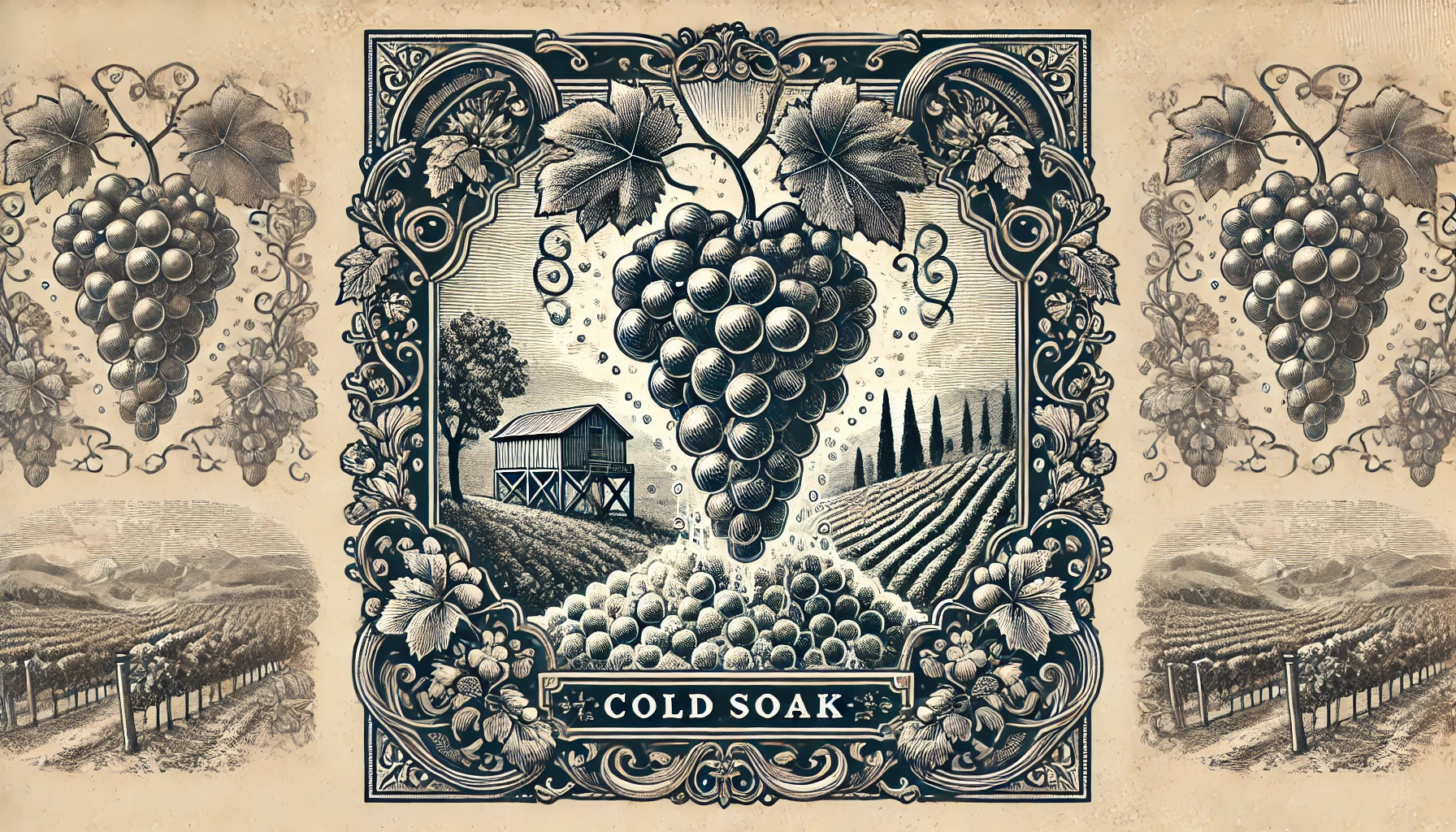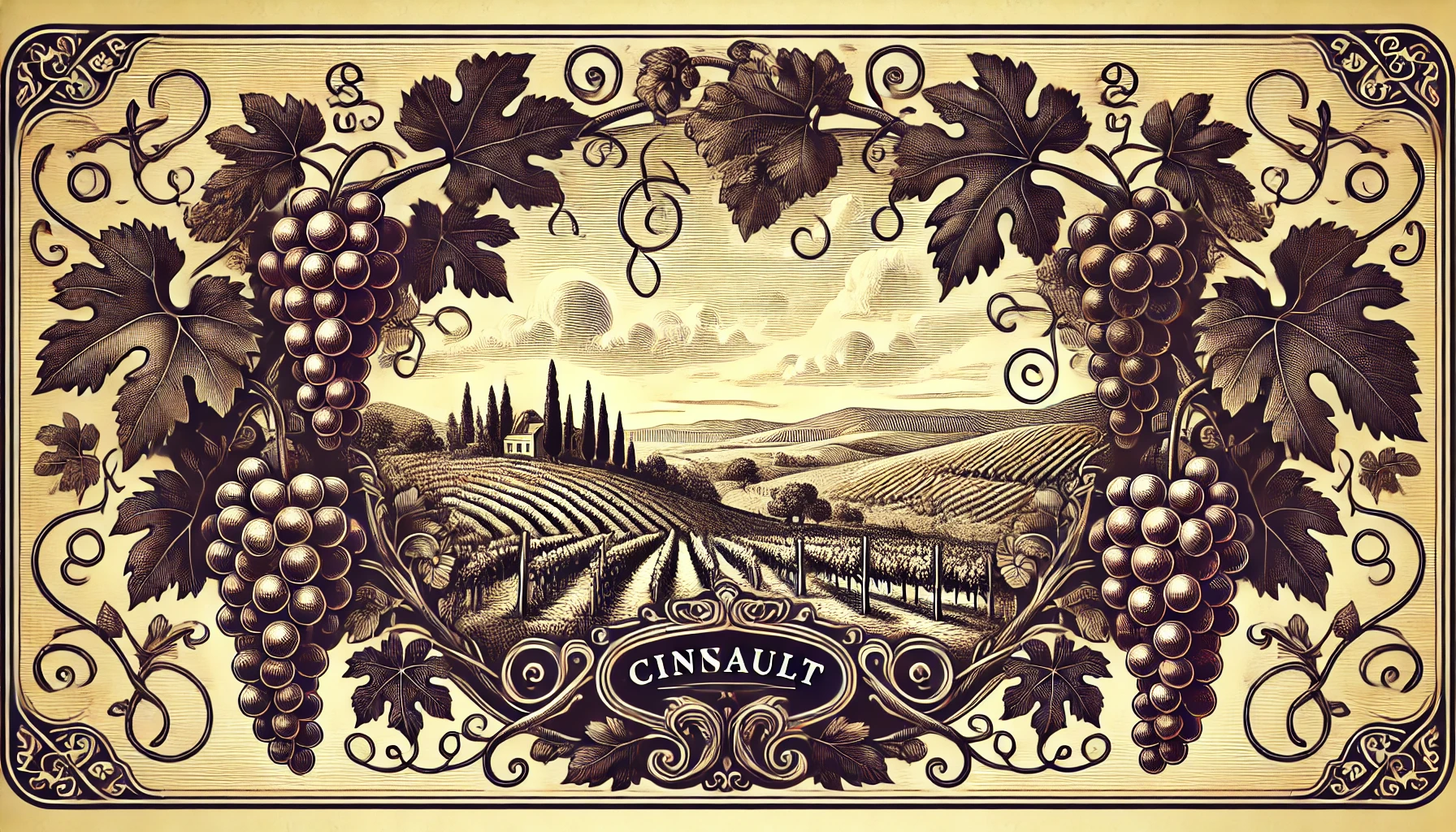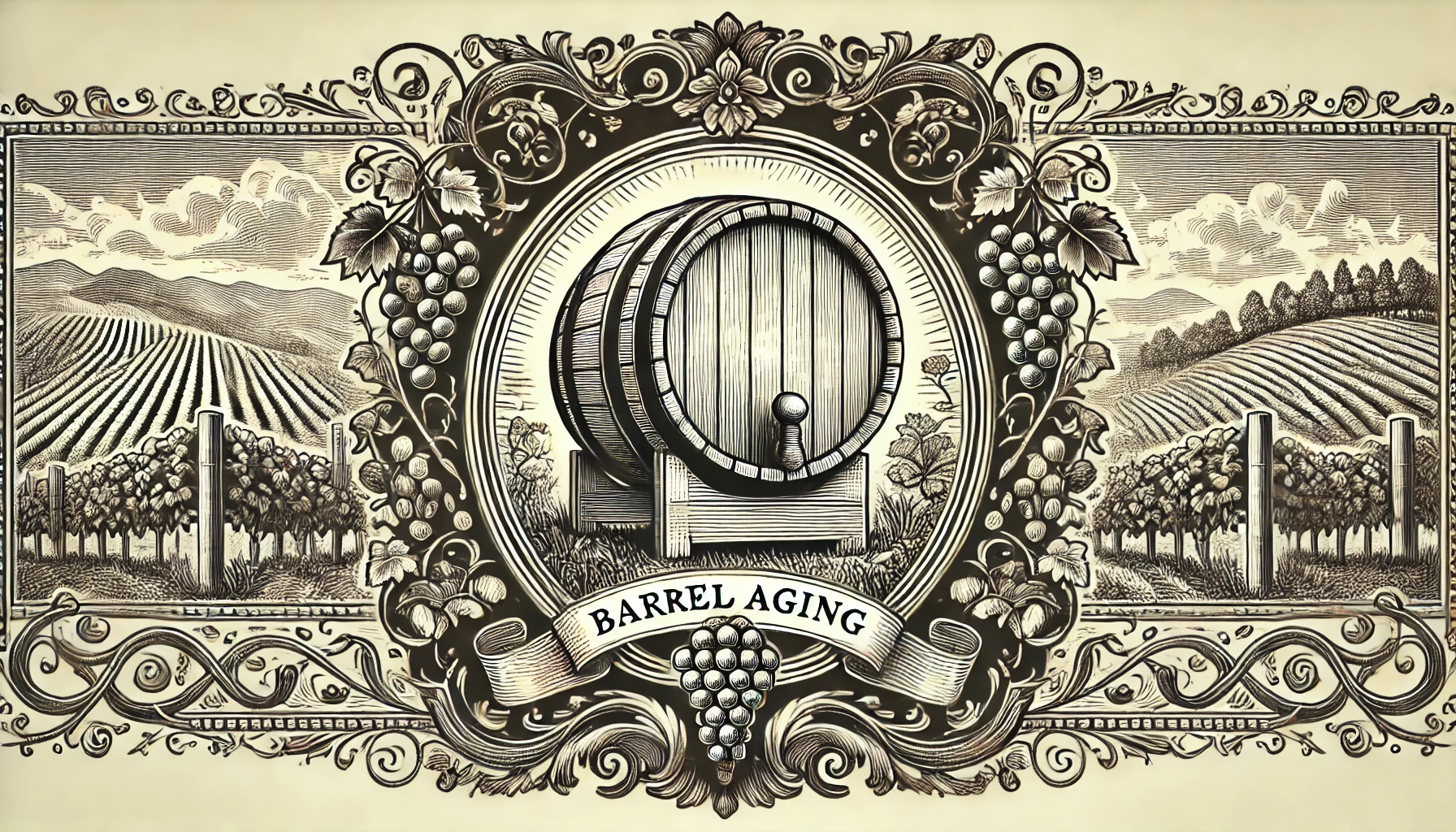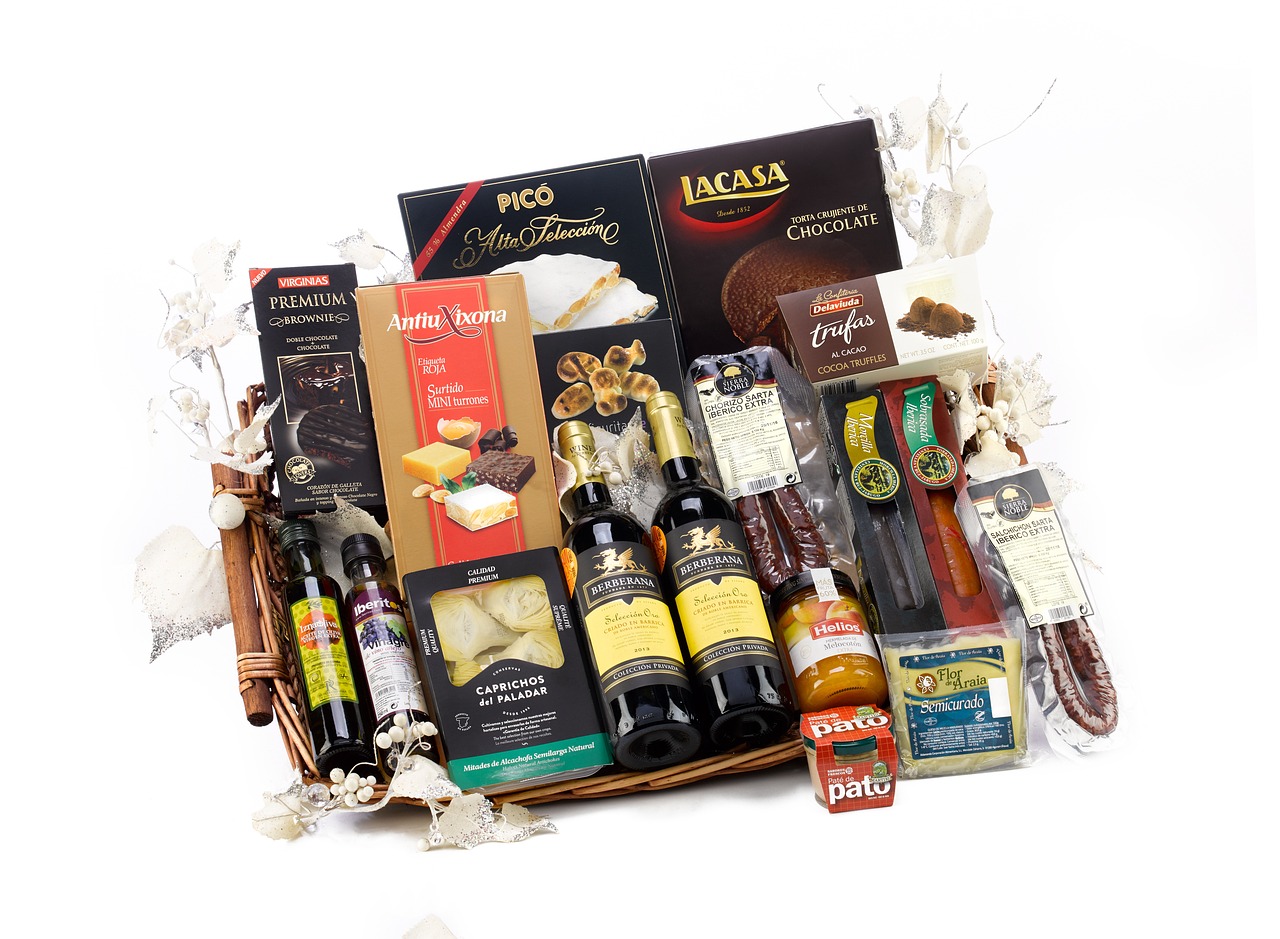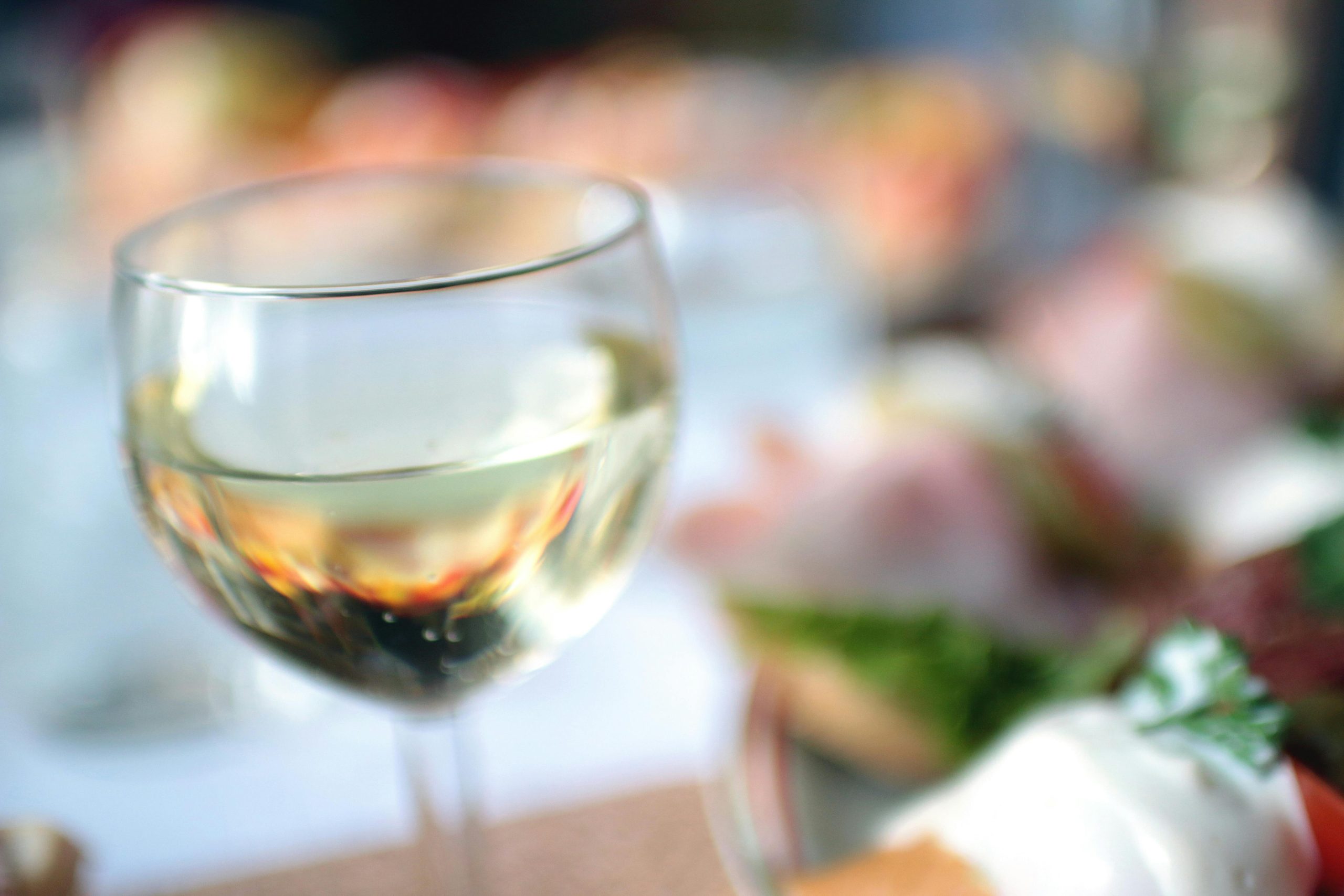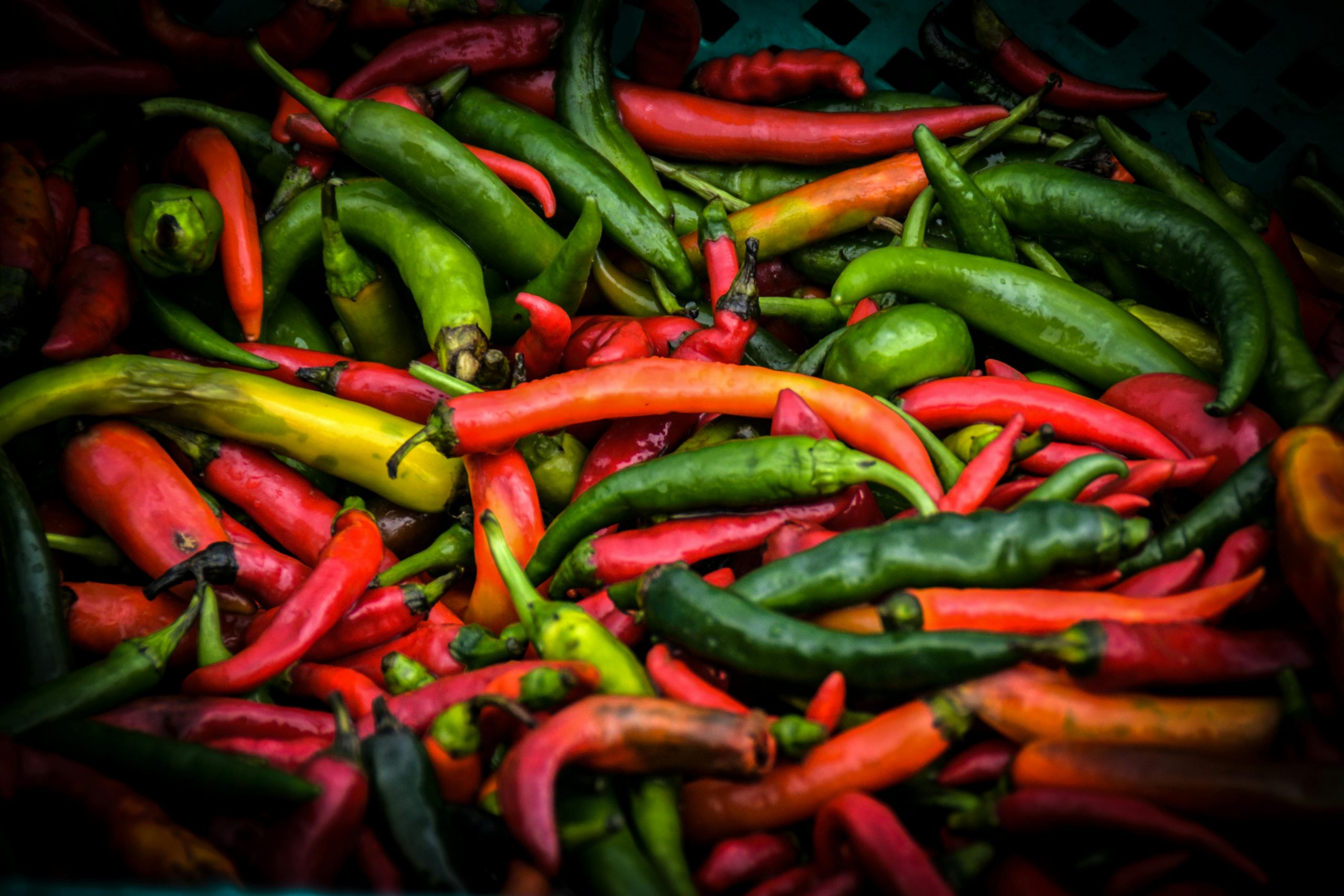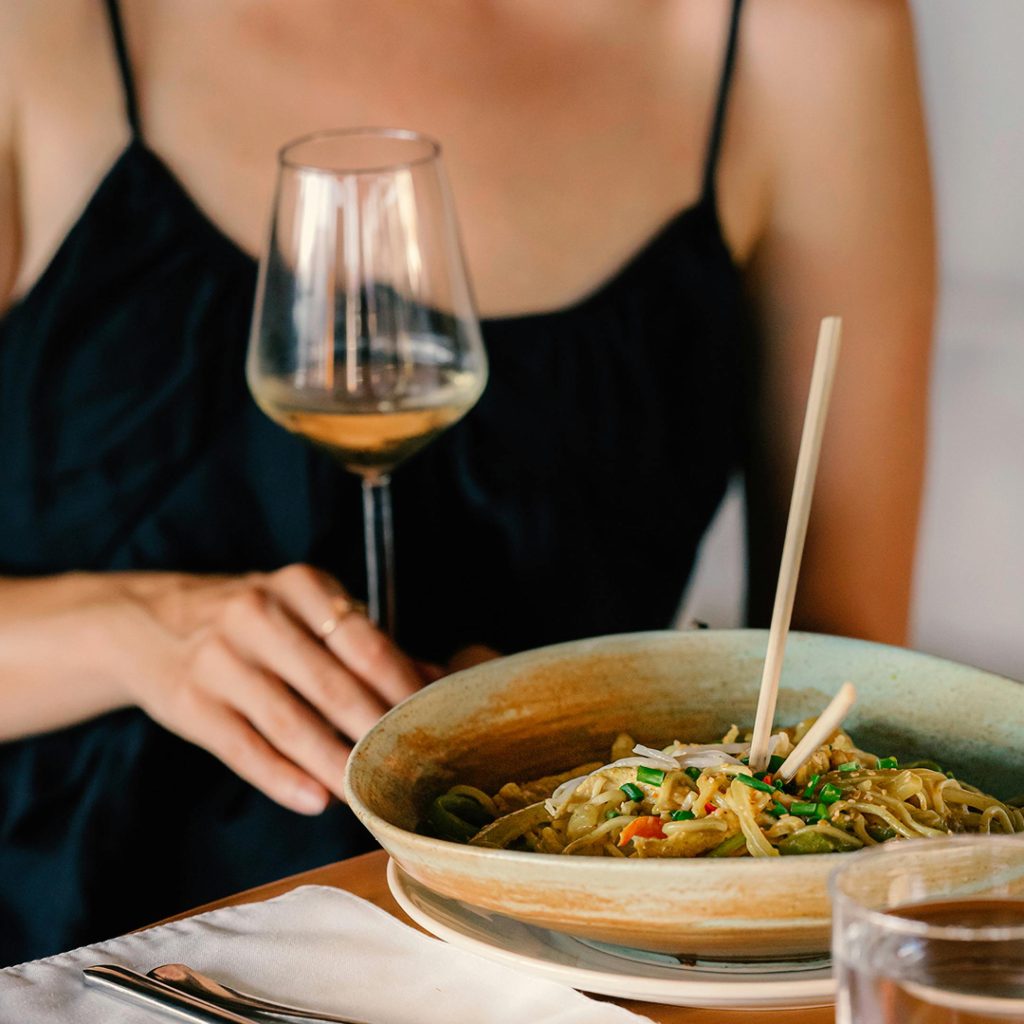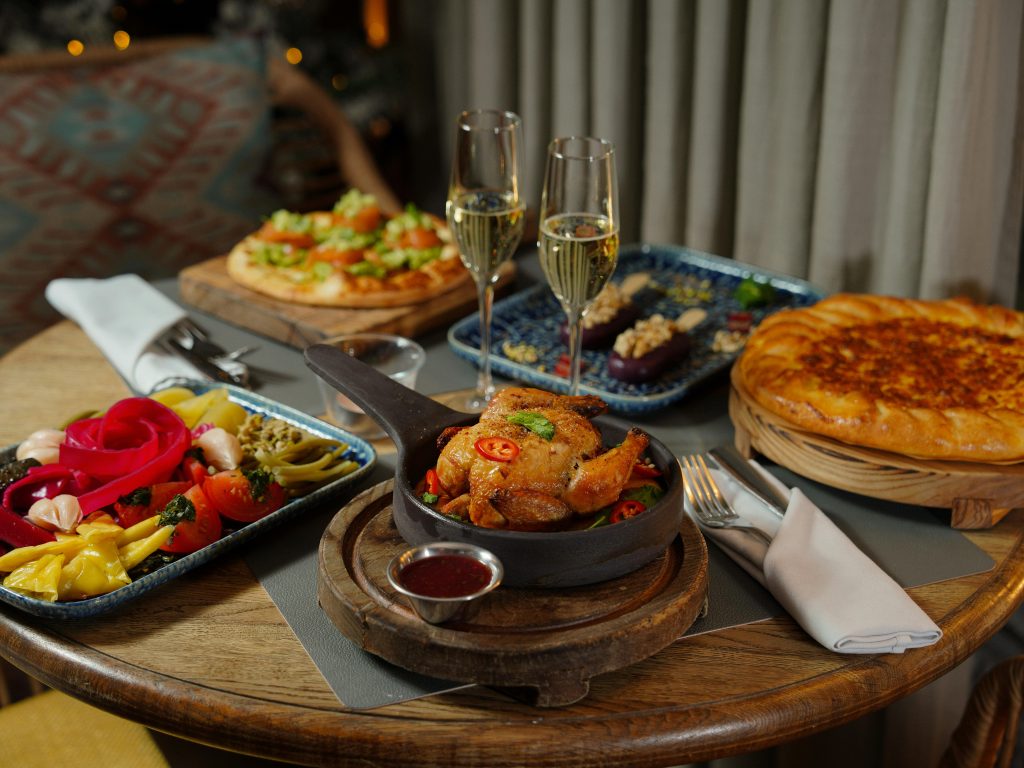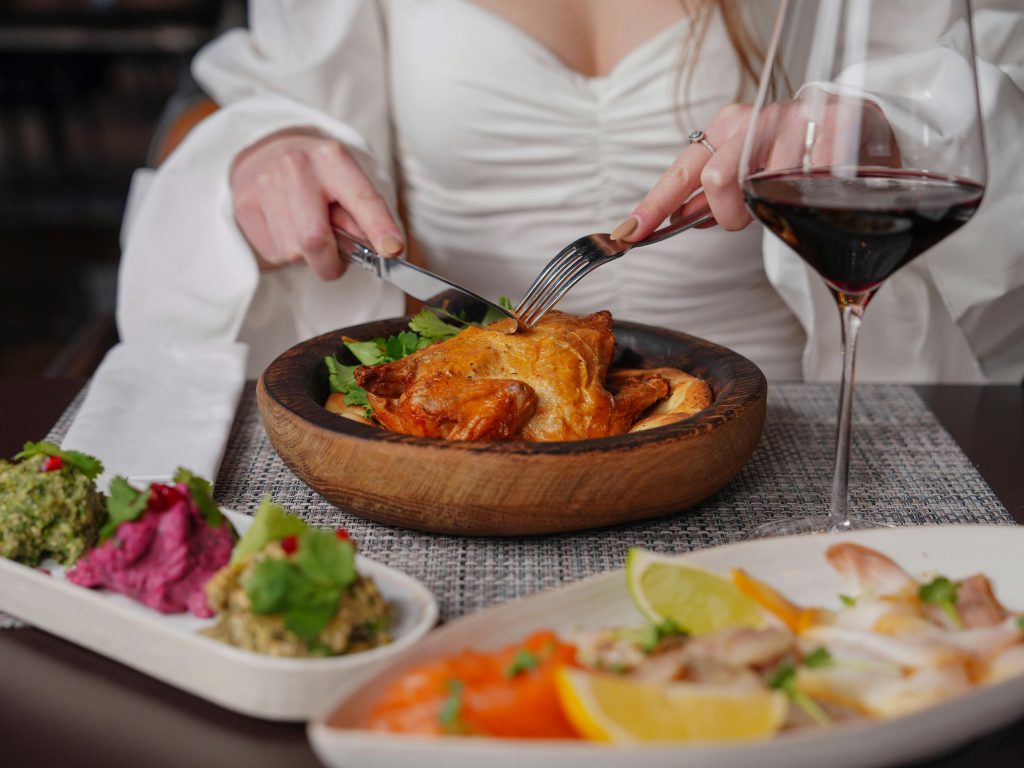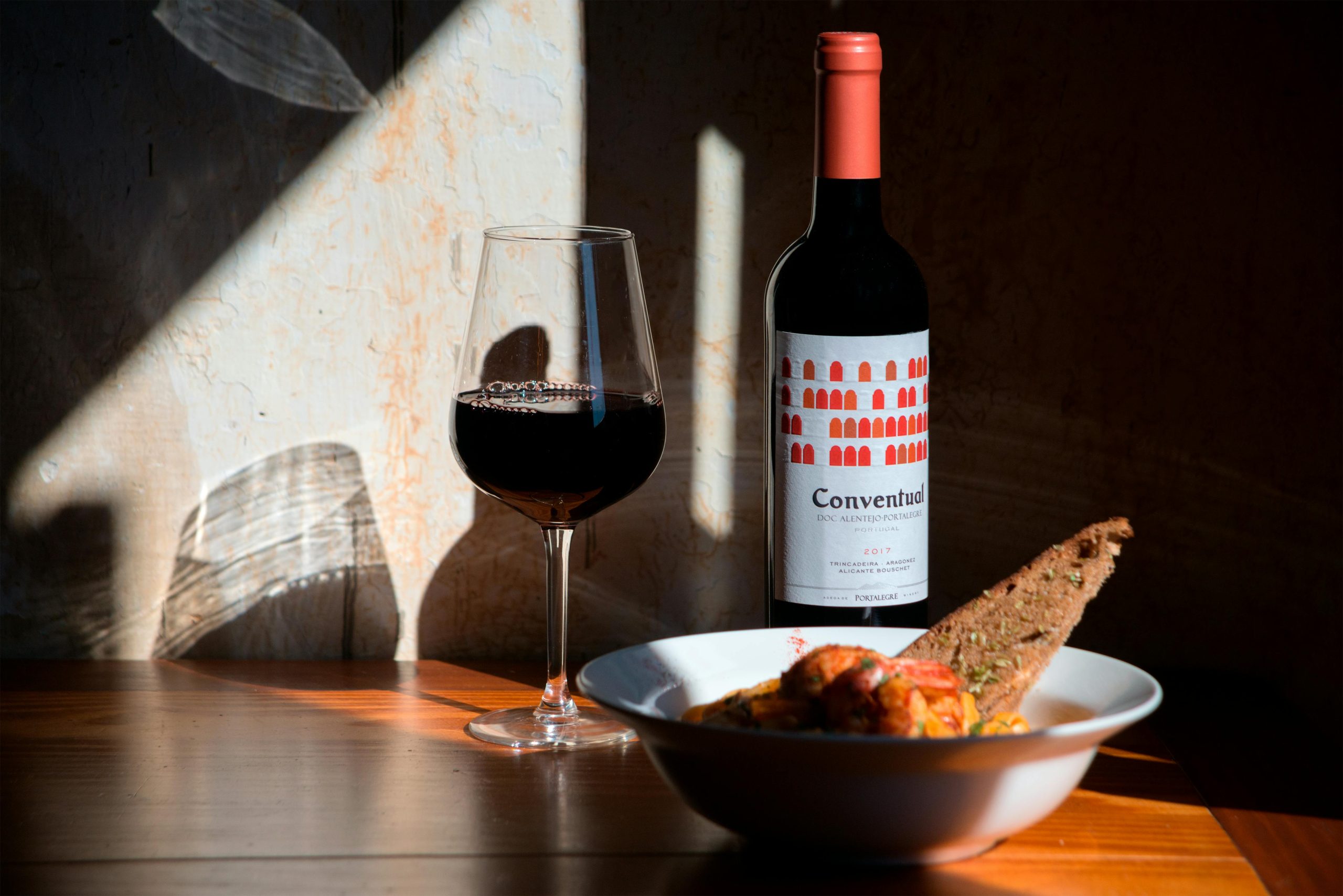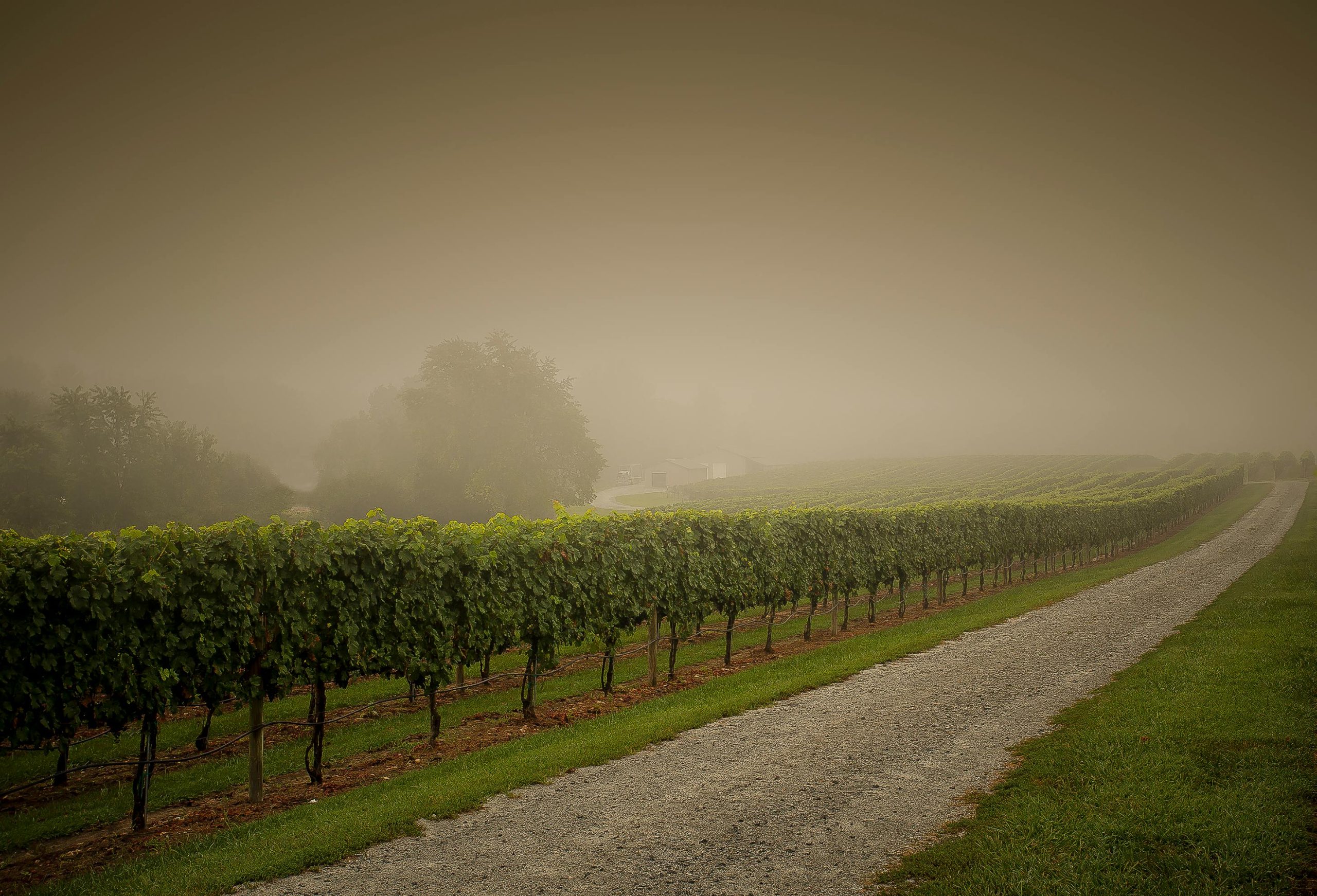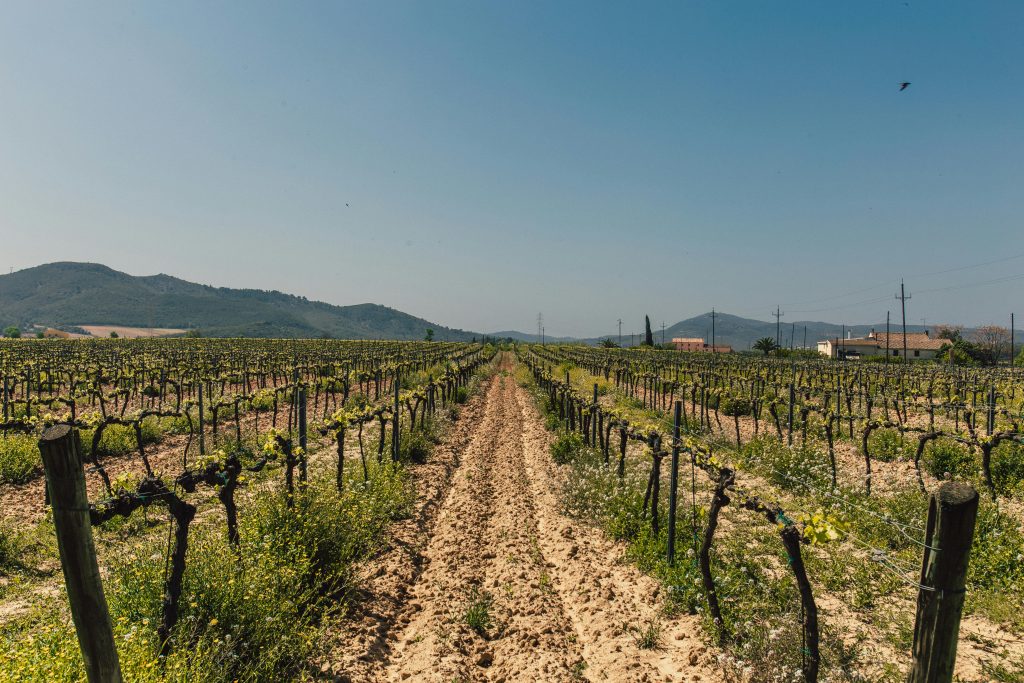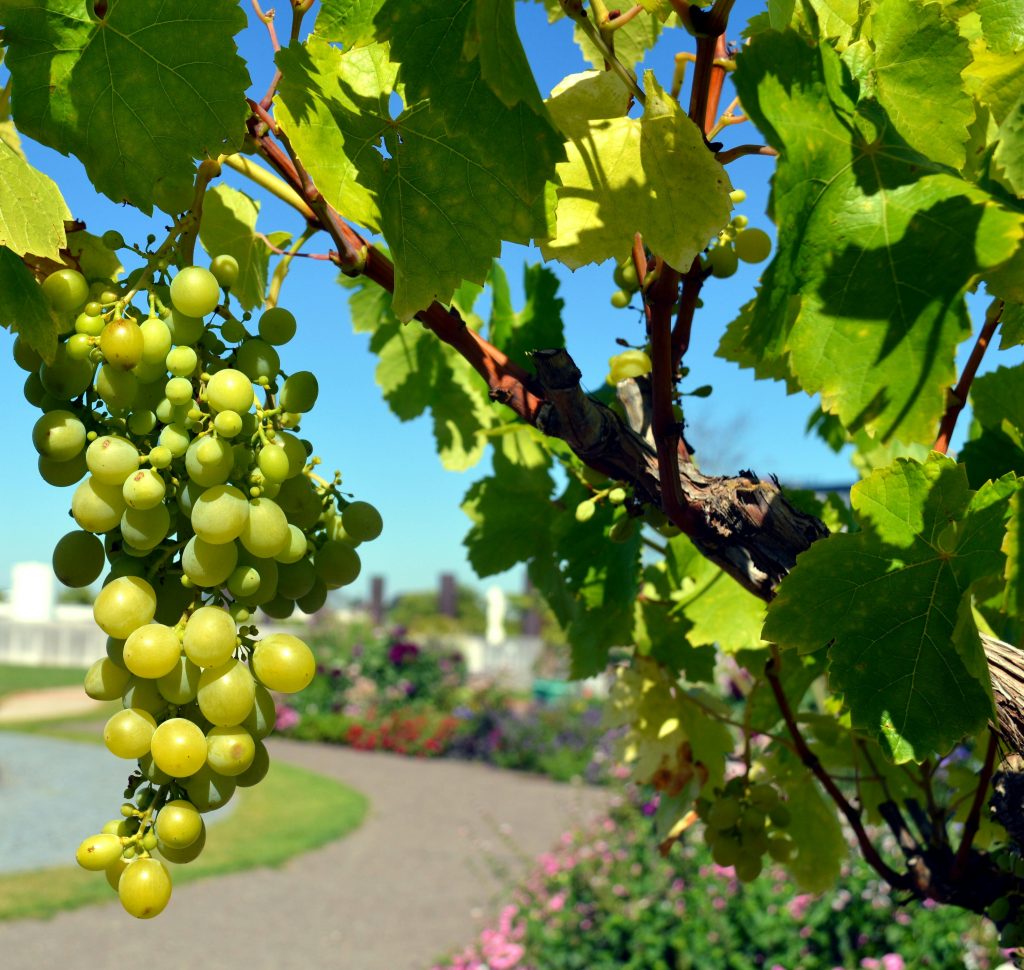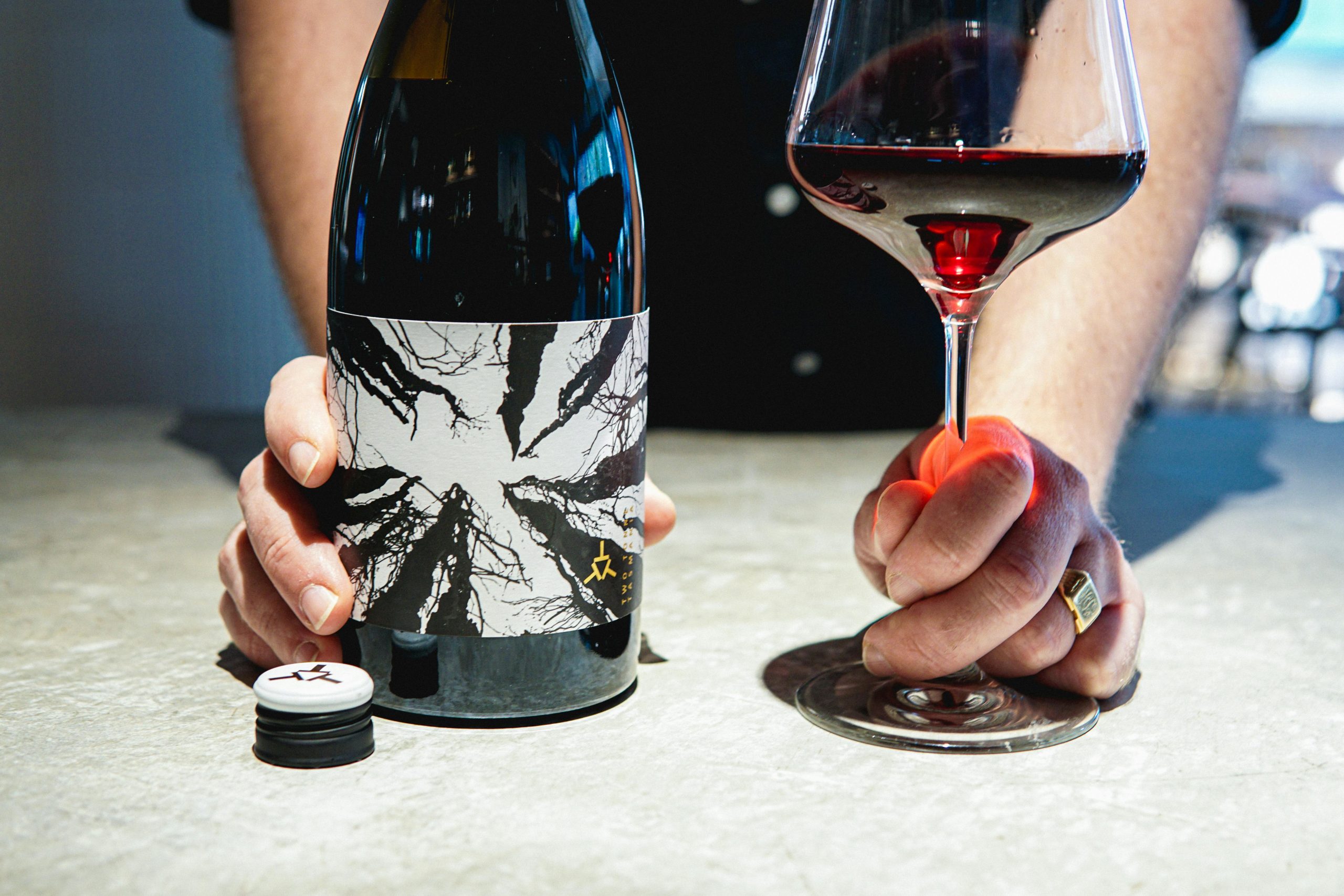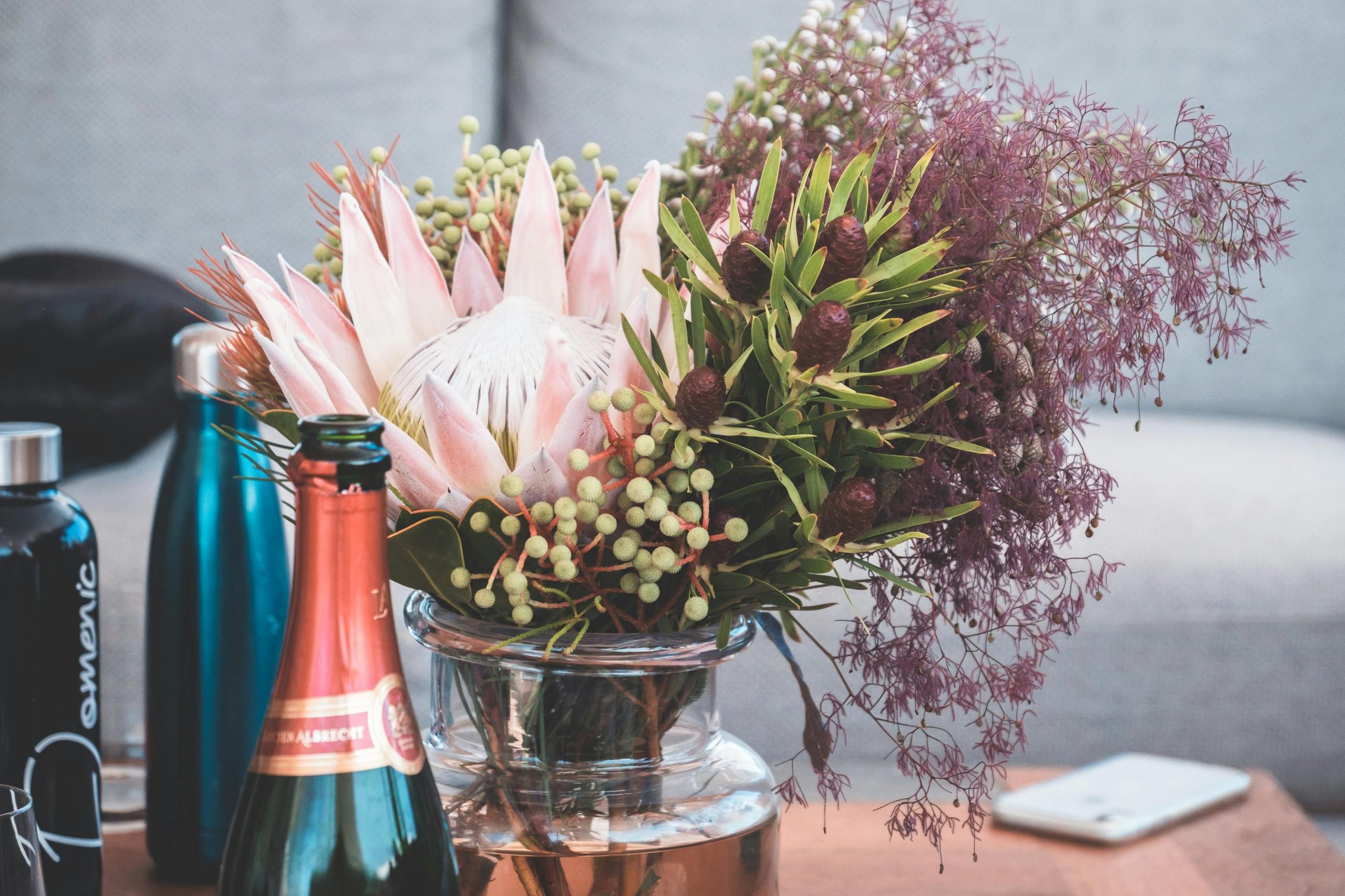
Looking for a present for someone who already has everything? Maybe they’ve got all the gadgets, their bookshelf is overflowing, and their kitchen is stocked with every tool imaginable. But you happen to know one thing—they love wine. You’re no sommelier, and the world of wine feels like a maze of tannins, bouquets, and vintages. What on earth can you get them? The answer lies in a gift that’s not only delicious but also mindful of the planet: sustainable wines or an eco-friendly wine gift hamper.
The Rise of Sustainable Gifting
Sustainability isn’t just a buzzword; it’s a lifestyle choice. More people are choosing gifts that align with their values. And when it comes to wine gift hampers, there’s a growing trend toward organic wines, ethical production practices, and eco-friendly packaging.
Why does this matter? Because wine production can have a significant environmental impact. Think about it: water use, carbon emissions, and chemical pesticides can all take a toll. By opting for sustainable wine hampers, you’re showing thoughtfulness not just for the recipient but also for the planet.
What Makes a Wine Gift Hamper Sustainable?
Not all wine hampers are created equal. Here’s what to look for when curating or purchasing an eco-friendly wine gift:
1. Organic or Biodynamic Wines
Organic wines are made without synthetic pesticides or fertilizers. Biodynamic vineyards take things a step further, following holistic farming practices that consider the vineyard as part of a larger ecosystem. These wines are kinder to the soil, the water, and your conscience.
Look for certifications like:
- USDA Organic
- Demeter (for biodynamic wines)
- EU Organic Logo
Popular examples of organic wines include:
- Frey Vineyards in California, one of the pioneers of organic wine.
- Château Maris from France, which practices biodynamic farming and has a certified carbon-neutral winery.
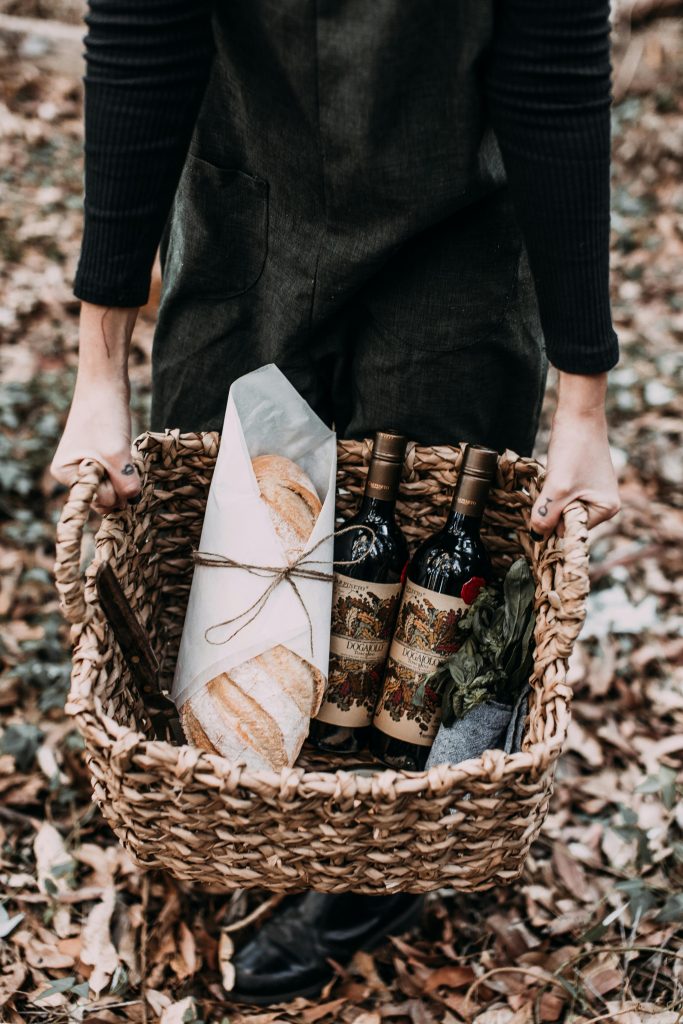
2. Sustainable Packaging
Wine bottles are heavy and resource-intensive to produce. While we can’t entirely escape glass (yet), we can make better choices. Seek hampers that include:
- Lightweight bottles that reduce carbon emissions during transport.
- Bag-in-box wines: These have come a long way and now include high-quality options.
- Recycled or reusable packaging materials for the hamper itself, like bamboo baskets or wooden crates.
3. Fair Trade Practices
Fair Trade-certified wines ensure that vineyard workers are paid fair wages and work under ethical conditions. By choosing these wines, you’re supporting not just the planet but the people behind every bottle.
4. Local Wines
Shipping wine halfway around the world leaves a hefty carbon footprint. Supporting local wineries reduces emissions and bolsters regional economies. It’s also a great way to introduce your giftee to something unique and local.
What to Include in Your Eco-Friendly Hamper
Now that you know what makes a hamper sustainable, let’s build one. Here are some ideas to mix and match:
The Wine
Start with two or three bottles of organic or biodynamic wine. A sparkling rosé, a bold red, and a crisp white can cater to a range of tastes. For example:
- Bonterra Organic Vineyards Chardonnay: Fresh, zesty, and planet-friendly.
- Emiliana Coyam: A robust Chilean red blend that’s organic and biodynamic.
The Nibbles
No wine gift hamper is complete without some gourmet snacks. Stick to eco-conscious options like:
- Organic, fair trade chocolate.
- Locally sourced cheeses with minimal packaging.
- Dried fruits or nuts in reusable jars or compostable packaging.
Reusable Accessories
Take it up a notch with sustainable wine accessories:
- A bamboo wine stopper.
- Recycled cork coasters.
- A stylish wine tote made from organic cotton.
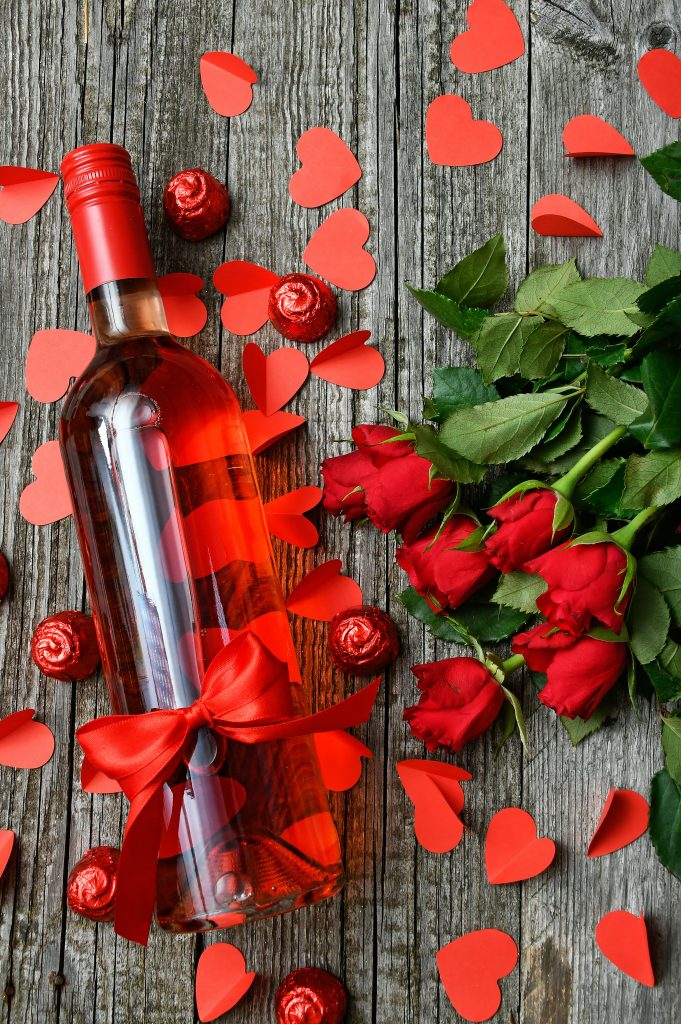
The Packaging
Presentation matters, but so does its environmental impact. Instead of cellophane and plastic ribbons, consider:
- Wrapping the hamper in a reusable wine cooler bag.
- Using shredded paper made from recycled materials as filler.
- Adding a personal touch with a handwritten note on recycled paper.
Brands Leading the Sustainability Movement
If you’re not in the mood to create a hamper yourself, many brands offer pre-curated sustainable wine gift hampers. Check out these options:
- Naked Wines: They support independent winemakers and offer organic wine bundles.
- Winc: Their selection includes eco-friendly wines, and their packaging is fully recyclable.
- The Good Wine Co.: Specializes in hampers with organic wines and sustainable snacks.
Why It’s the Perfect Gift
A sustainable wine gift hamper ticks all the boxes:
- It’s personal: Tailor it to their tastes with wines and goodies they’ll love.
- It’s eco-friendly: Show your commitment to the planet without sacrificing luxury.
- It’s a conversation starter: Introduce your giftee to the world of organic wines and sustainable living.
And let’s be honest, there’s something universally appealing about wine. Whether they’re a seasoned connoisseur or someone who just enjoys the occasional glass, they’ll appreciate the thought and care behind your gift.
Final Thoughts
Choosing an eco-friendly wine gift hamper isn’t just about giving a gift. It’s about making a statement. You’re showing that you care—not just about the person you’re gifting but also about the world we share. In a sea of forgettable presents, your thoughtful, eco-conscious hamper will stand out.
So, the next time you’re stuck wondering what to get for someone who already has everything, go sustainable. Pair great taste with good intentions, and you’ll never go wrong.
